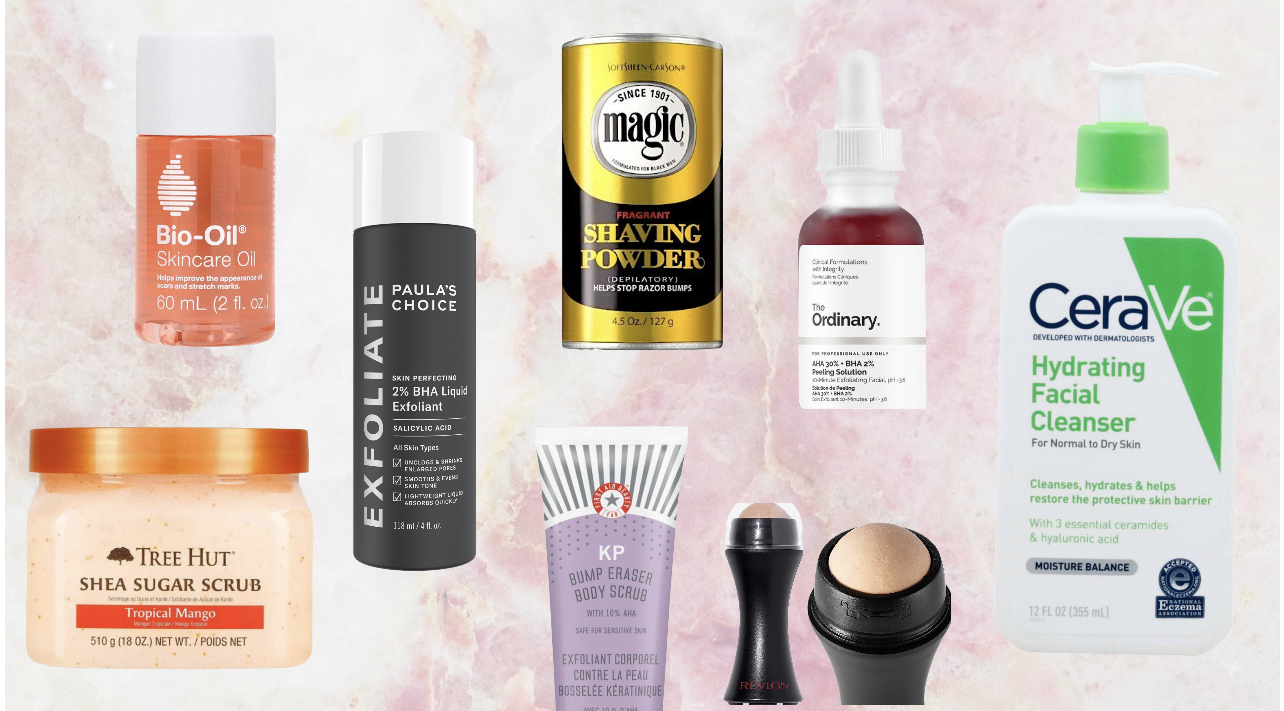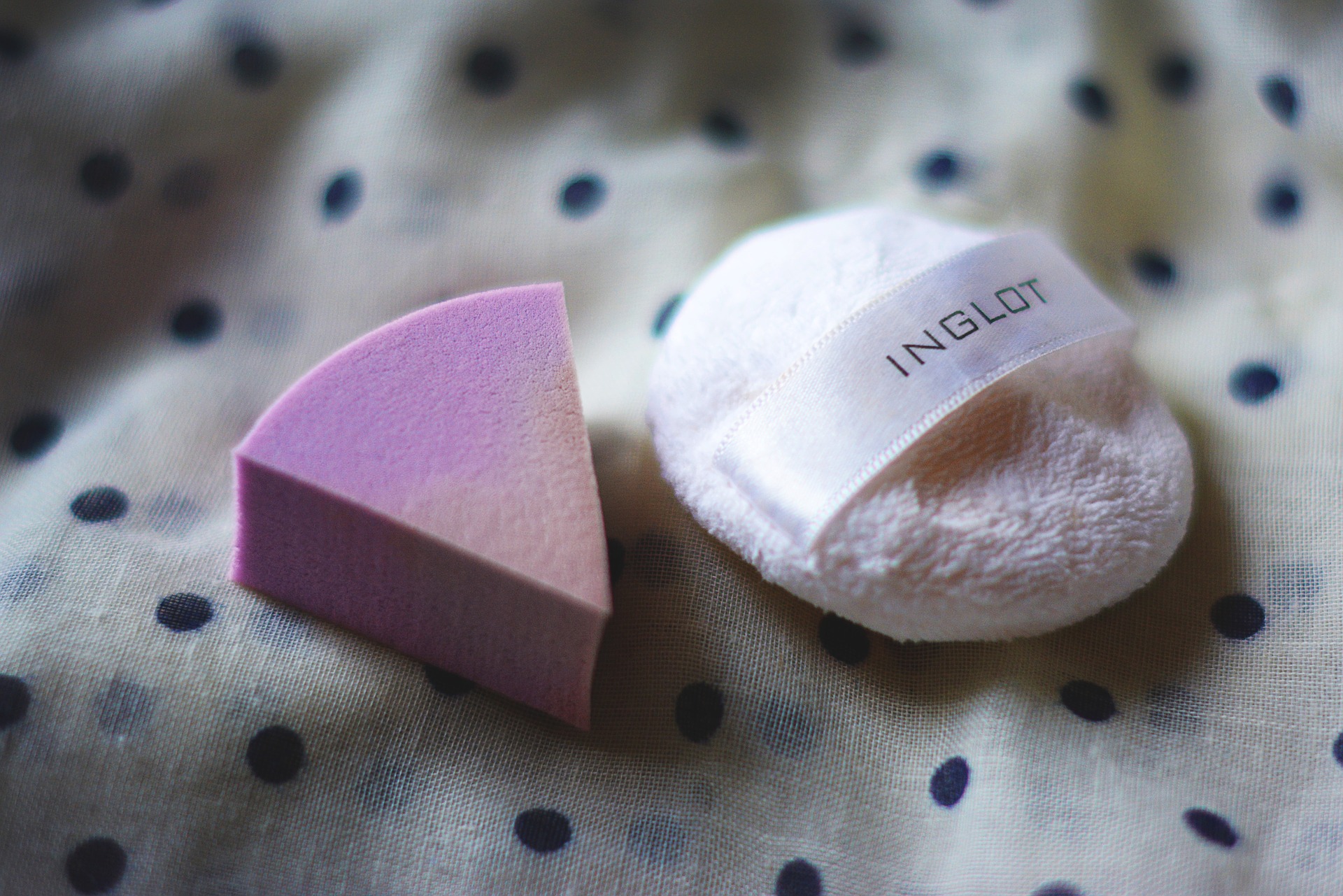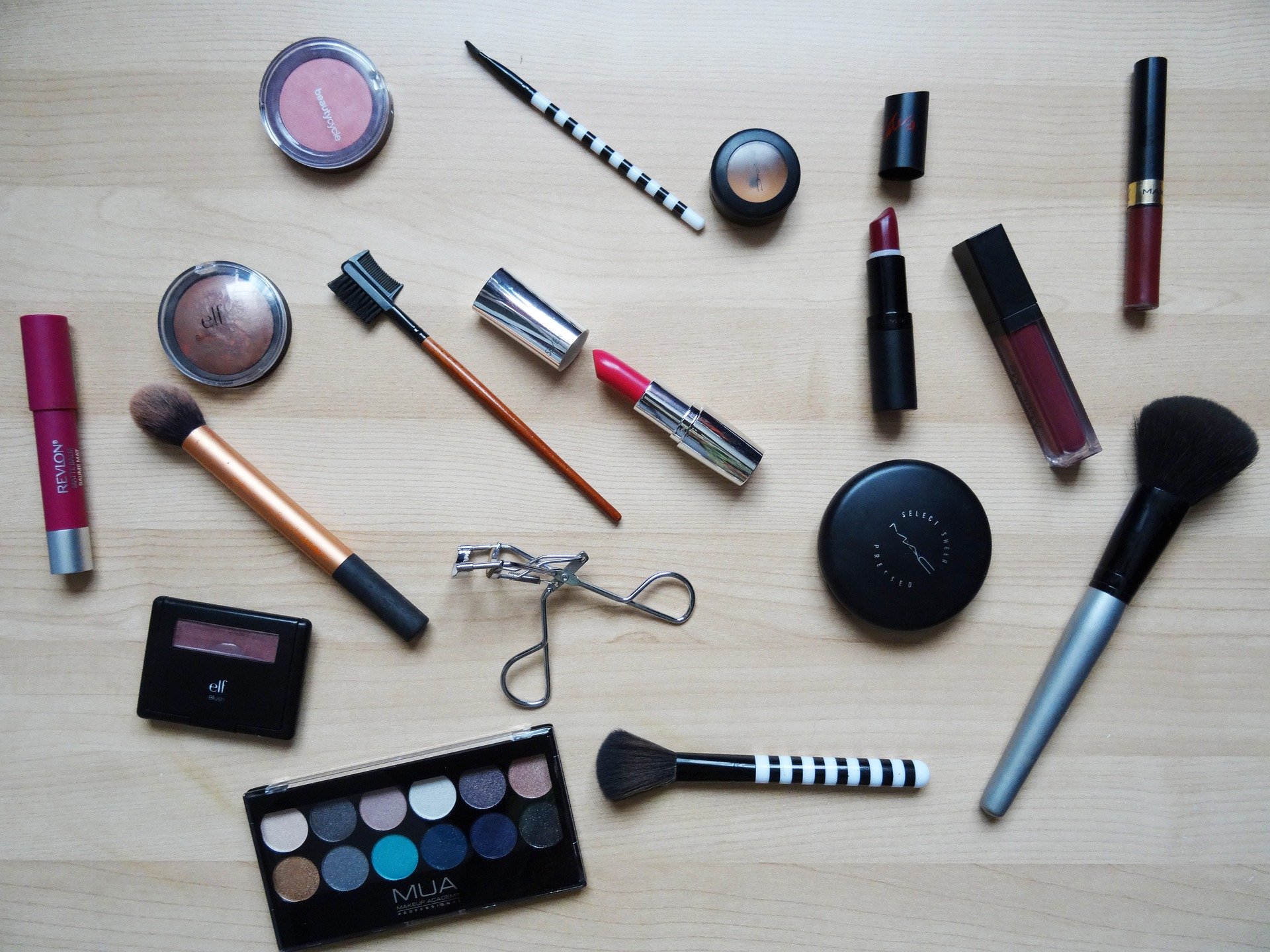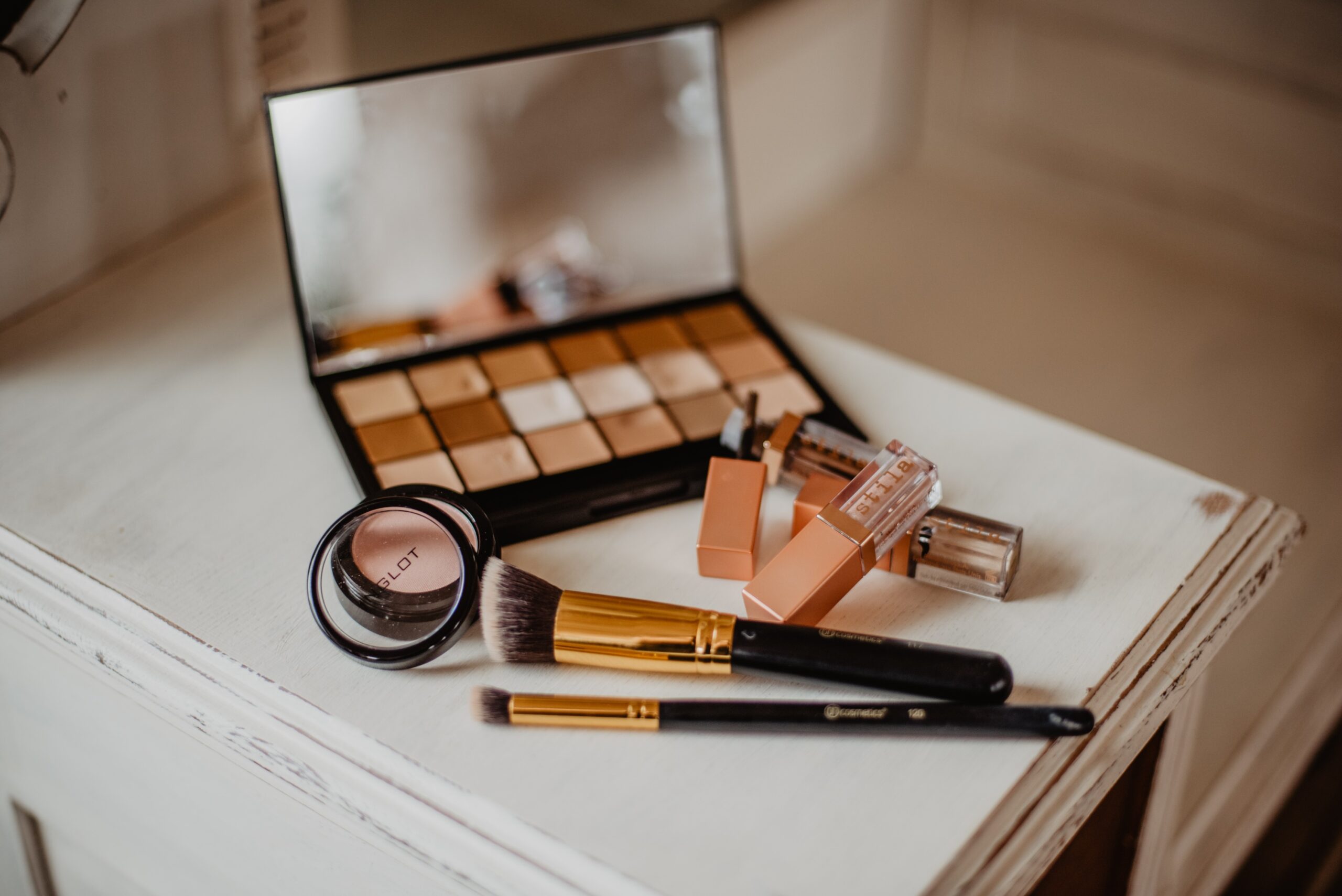
It’s no longer news that the secret to a flawless makeup relies on the tools and techniques. While most makeup experts swear by the efficiency of beauty sponges, no one takes the care to also put out the disadvantages of makeup sponges especially when applying foundation.
The beauty sponge is no longer a new tool sought after by makeup users; almost every woman who has a makeup kit is not new to the world of beauty sponges. However, prior to this era of beauty sponges and before it became a trend, foundation was commonly applied with the use of hands or makeup synthetic brushes. It is evident that the skin finish a beauty sponge gives is more air-brushed and flawless than that of a regular foundation brush, however, its pros sometimes outweigh the cons which are what will be outlined in this article.
Disadvantages Of Applying Foundation With Makeup Sponge
1. Sponges Absorb a Lot of Products
Sponges come in lots of different shapes and densities. There are wedges, teardrops, acorns, and, of course, a bunch of beauty blenders, just to name a few. However, it is probably best to apply your foundation with a foundation brush or your hands because sponges absorb a lot of product, so you’ll go through your foundation faster (they are “sponges” after all!). This is because the airy little holes in these sponges soak up a lot of foundation. Sometimes that’s great if you want natural, light coverage. On other occasions, it is a waste of product.
2. Sponges can Catch and Lift Dry Skin
Another downside to using a sponge is that if the skin isn’t prepped properly (moisturized and primed) they can catch and lift dry skin. The dead flakes that might be settled on dry skin can make application difficult unless the user is aware that beauty sponges are best used damp. Otherwise, without this knowledge, you just might be setting yourself for unnecessary hard-work and no one wants that!
3. Sponges Need to be Replaced Often
If you’re reading this and are a makeup user, it should not be new to you that beauty sponges need to be replaced often, so they’re not very environmentally friendly and economical. Blenders can be pretty delicate, often chipping and flaking after just a few usages.
This is especially true for disposable sponges that can chip from one poke of a fake nail. In the long run, this is not just wasteful and bad for the environment, but it’s also bad for the pocket. This way, you can end up spending more on a blender than on brushes, because you will have to replace it more often unless you are willing to invest in really good sponges from reputable brands which could be quite pricey. So why spend more money on a sponge when you can get the same work done by using a foundation brush that is less expensive and even faster to use?

Apart from being expensive, they are not very environmentally-friendly; most beauty sponges are best used when wet. This speeds up the application and makes the product go on smoother, thus giving a better finish. But if blenders are always used wet, how do you air them out properly, especially since they require a lot of time to dry? Isn’t a perennially-wet blender a breeding ground for fungus?
No matter how much makeup cleaning liquid, coconut oil, shampoo, liquid soap, or industrial-strength cleaner you use to wash your sponge–it will never go back to being spotless and clean enough to look new. Once the product is absorbed, it permanently gets stained. Good luck if you use it for eyeliner or dark shadow pigments. Not to even imagine that you have a skin-care routine; I hope you now know that if you’re not extremely clean with your sponges, you’re just playing in your own world of deceit!
The results of a flawlessly applied makeup do not depend on brushes alone just as is the case of beauty sponges, so makeup users have a variety of choices. Some celebrity makeup artists even swear by foundation brushes over beauty sponges due to the nature of their job; it is more convenient to use foundation brushes which are more cost-effective and have a longer life-span in the long run.
Brushes have always been in existence before beauty sponges made an appearance in 2002 so it is more likely that they run out of trend faster than the regular synthetic brushes.

 Previous Post
Previous Post


